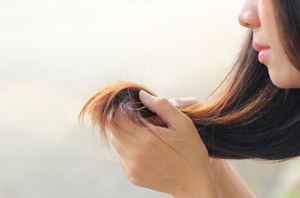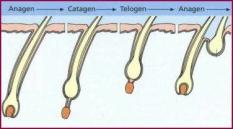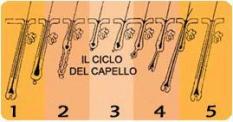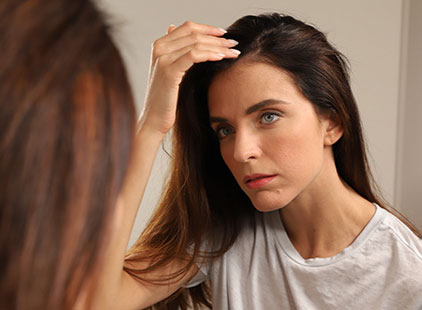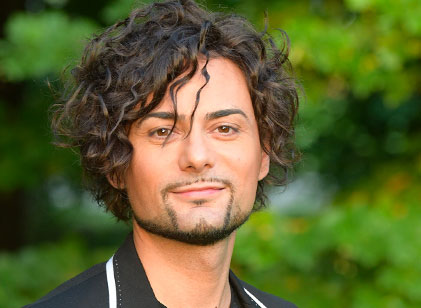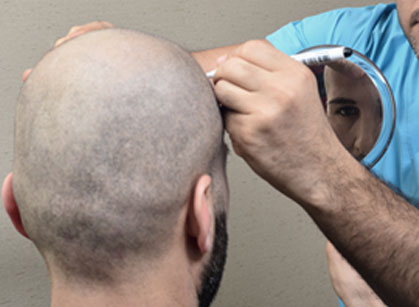Seborrheic dermatitis
Seborrheic dermatitis is a very common scalp condition characterized by the presence of yellow and oily flakes on the skin.
It is associated with erythema, small scaly, and intense itching.
Seborrheic dermatitis is a well-known condition but is still not easily identifiable. Many men and women starting from puberty have oily, greasy, shiny and thickened skin with large hair follicles, especially noticeable around the nose and mouth, forehead, torso, scalp (affected by so-called oily dandruff).

 Italiano
Italiano  Português
Português  Français
Français  Español
Español 